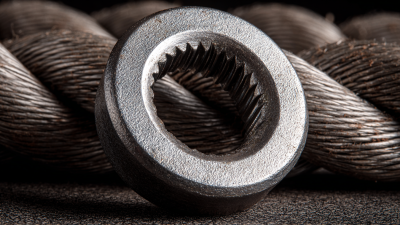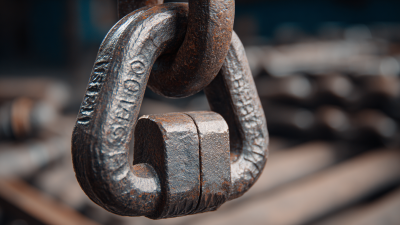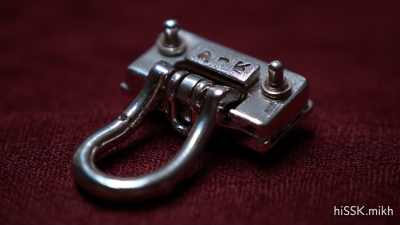Lifting Eye Bolts are essential components in the realm of heavy-duty lifting, providing critical connection points for lifting equipment and ensuring the safe maneuvering of loads. According to the Occupational Safety and Health Administration (OSHA), improper use of lifting hardware contributes significantly to job site accidents, underscoring the importance of adhering to best practices when utilizing Lifting Eye Bolts. A comprehensive study by the American National Standards Institute (ANSI) indicates that the correct selection, installation, and maintenance of lifting eye bolts can reduce workplace injuries by up to 30%. As industries continue to evolve and handle increasingly heavy loads—often exceeding thousands of pounds—knowing how to properly use these eye bolts becomes paramount for safety and efficiency. This guide aims to provide detailed insights and practical considerations for effectively employing Lifting Eye Bolts in various lifting applications, fostering a safer work environment and optimizing operational performance.
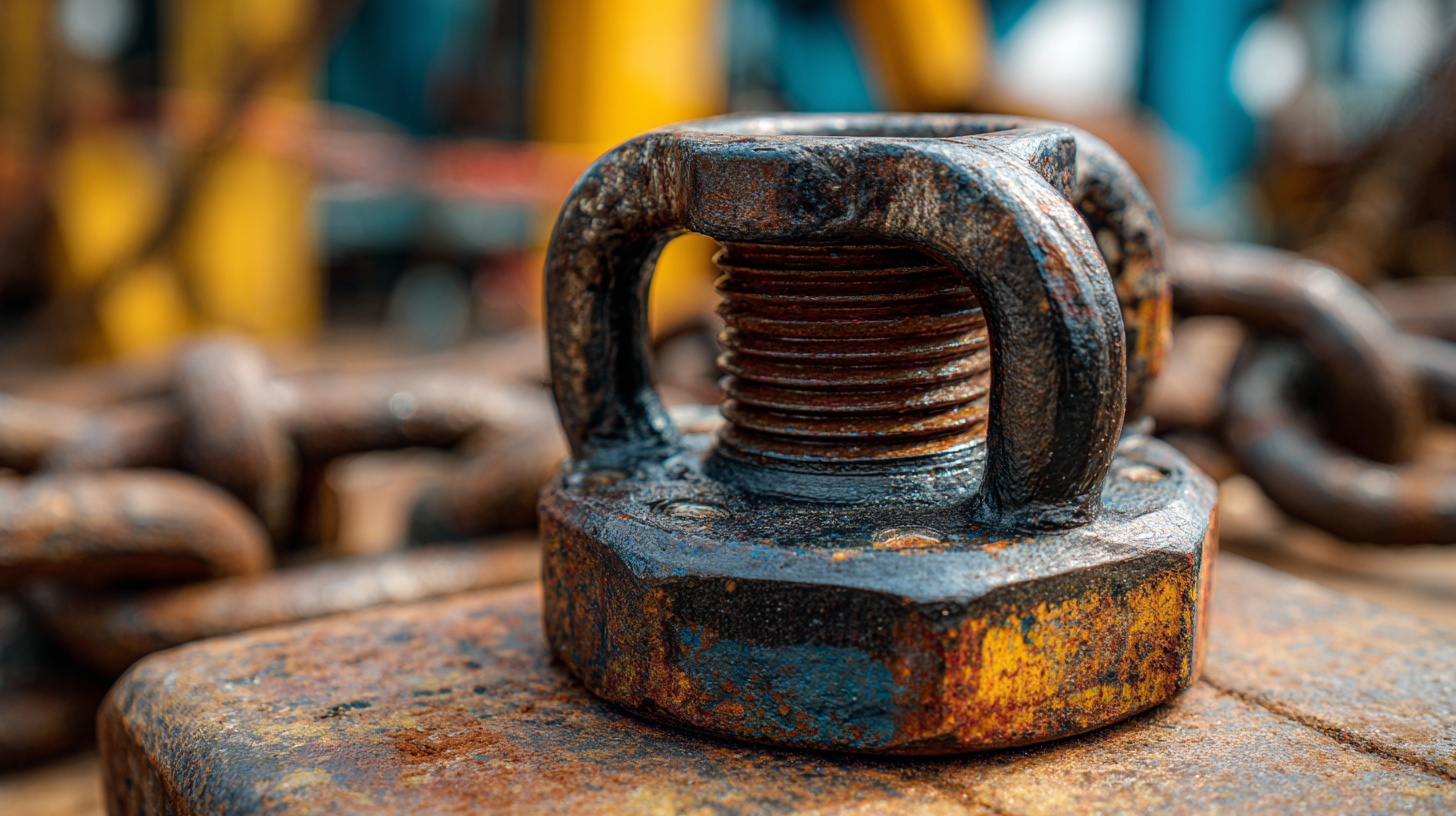
Lifting eye bolts are essential components in lifting heavy loads safely and effectively. Understanding the various types and specifications is crucial for their proper use. There are generally two categories of eye bolts: shoulder and non-shoulder eye bolts. Shoulder eye bolts are designed for angular lifting, allowing them to distribute the load across the shank, making them ideal for heavy-duty applications. According to industry reports, the safe working load (SWL) of eye bolts can range significantly based on their size, material, and plating — with some large shoulder eye bolts capable of handling over 20,000 pounds when used correctly.
It is important to consider the loading conditions when selecting eye bolts. The angle of the lift greatly influences the load distribution; for instance, a lift at a 45-degree angle can reduce the lifting capacity by nearly 30%. Thus, professionals must ensure that the specifications align with the operational needs. Regular inspections and adherence to manufacturer guidelines also contribute to safety and efficiency in using these hardware components. The lifting equipment industry continues to evolve, underscoring the importance of using the right lifting hardware to avoid failures and ensure the reliability of hoisting operations.
| Type of Lifting Eye Bolt | Material | Load Capacity (lbs) | Thread Size | Safety Factor |
|---|---|---|---|---|
| Standard Lifting Eye Bolt | Steel | 1,500 | 3/8" | 5:1 |
| Heavy Duty Lifting Eye Bolt | Stainless Steel | 3,000 | 1/2" | 6:1 |
| Swivel Lifting Eye Bolt | Alloy Steel | 2,500 | 3/8" | 5:1 |
| Shouldered Lifting Eye Bolt | Mild Steel | 1,200 | 5/16" | 4:1 |
| Threaded Lifting Eye Bolt | Titanium | 4,000 | 3/4" | 7:1 |
When selecting the right lifting eye bolt for heavy-duty applications, understanding load ratings and material considerations is crucial. According to a report from the Industrial Fasteners Institute, the load rating of a lifting eye bolt is determined by factors including the eye bolt's diameter, thread type, and the material used in its construction. Typically, steel eye bolts have a higher load capacity compared to those made from aluminum or plastic, with galvanized or stainless steel options offering additional corrosion resistance for specific environments.
Furthermore, it’s essential to consider the application when determining the appropriate eye bolt. For example, a study from the American National Standards Institute (ANSI) emphasizes that the bolt should be rated for at least 5 times the expected load to ensure safety during lifting operations. This safety factor is particularly critical in construction and heavy manufacturing sectors, where unexpected loads can occur. Additionally, professionals should always refer to manufacturer guidelines and ensure that the installation meets the required torque specifications to avoid premature failure.
When it comes to lifting heavy loads, the proper installation of lifting eye bolts is crucial for ensuring safety and efficiency. According to the Occupational Safety and Health Administration (OSHA), improperly installed lifting equipment is a significant factor contributing to accidents and injuries in the workplace. Industry reports indicate that nearly 10% of all workplace injuries involve lifting operations, underscoring the importance of adhering to best practices in securing lifting eye bolts.
To ensure that lifting eye bolts are installed correctly, it is essential to consider various factors such as load weight, bolt size, and material compatibility. Always select eye bolts that are rated for the specific load capacity required for the job. For instance, a typical eye bolt used for lifting should possess a working load limit (WLL) that exceeds 5 times the anticipated load to account for dynamic forces during lifting.
Tips: Before installation, inspect the eye bolts for any signs of wear or damage. Ensure that the mounting surface is clean and appropriately prepared for the eye bolt's insertion, as a proper fit is essential for load stability. Additionally, use lock nuts or thread-locking compounds to secure the eye bolts and minimize the risk of loosening during operation. Remember to regularly re-evaluate the condition and positioning of eye bolts as part of your routine safety checks.
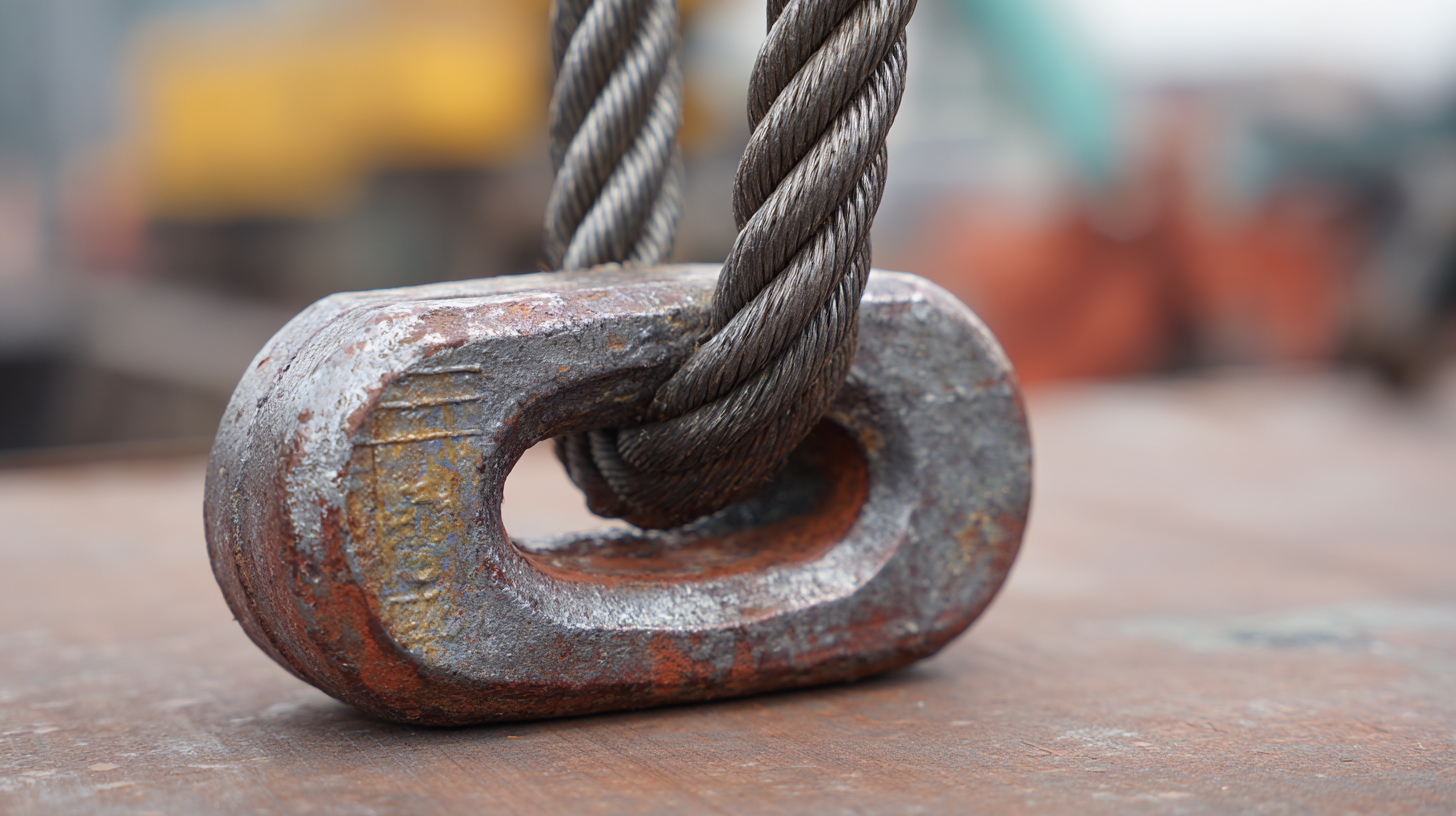
When it comes to the inspection and maintenance of lifting eye bolts, ensuring their longevity is crucial for safety and efficiency in heavy-duty applications. Regular checks for signs of wear or deformation can prevent accidents and equipment failure. For instance, periodic visual inspections should focus on the threads, the eye, and any connection points. If any sign of corrosion or damage is detected, it's advisable to replace the eye bolt immediately to maintain operational integrity.
**Tips:** Always consult the manufacturer's specifications for load limits and installation guidelines to ensure proper usage of lifting eye bolts. Additionally, employing a lubrication routine can help reduce friction and wear, prolonging the life of these essential components.
Further, as demonstrated by recent developments in the lift maintenance sector, organizations are increasingly focusing on strategic acquisitions to bolster their service capabilities. This trend underscores the importance of not only using lifting eye bolts correctly but also maintaining them effectively to keep operations running smoothly. Adopting preventive maintenance schedules can significantly enhance the reliability and safety of lifting operations.

When using lifting eye bolts for heavy loads, avoiding common mistakes is crucial to ensure safety and efficiency. One significant error is exceeding the rated load capacity of the eye bolt. According to a report by the American Society of Mechanical Engineers (ASME), using equipment beyond its rated capacity can lead to catastrophic failure, risking not only the load being lifted but also the safety of personnel and surrounding infrastructure. Always refer to the manufacturer's specifications and consider factors such as dynamic loads, which can significantly increase the effective load.
Another frequent mistake is improper installation and orientation of the eye bolts. They should be vertically aligned when lifting to distribute loads evenly. A study published by the Occupational Safety and Health Administration (OSHA) indicates that improperly installed lifting devices are responsible for approximately 25% of lifting accidents in industrial sectors. Additionally, using lifting eye bolts that are corroded or damaged can lead to unfortunate incidents. Regular inspection and maintenance of these components are essential to prolong their lifespan and to ensure safe operation.
